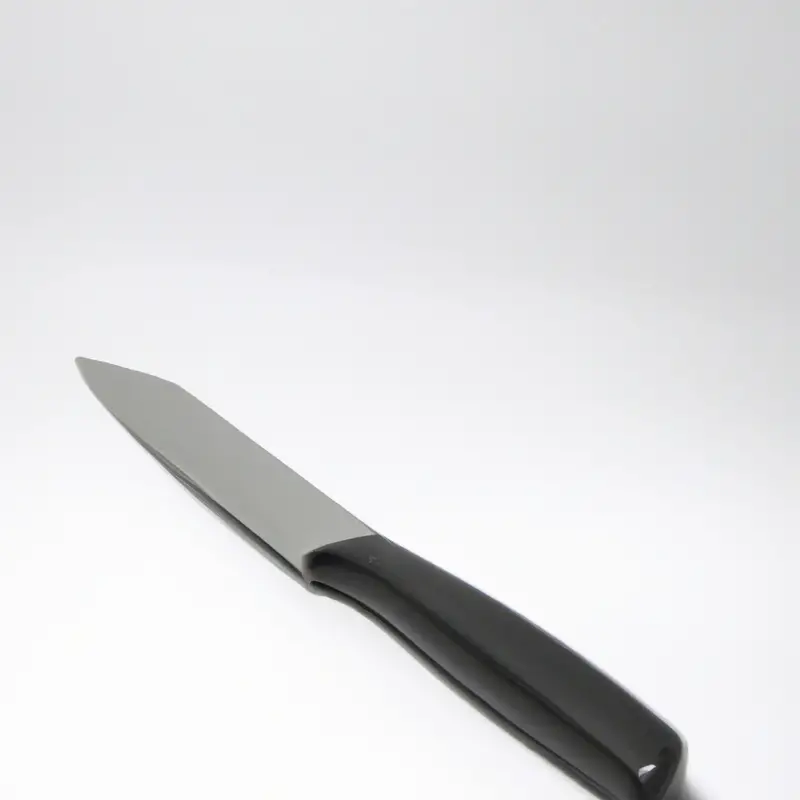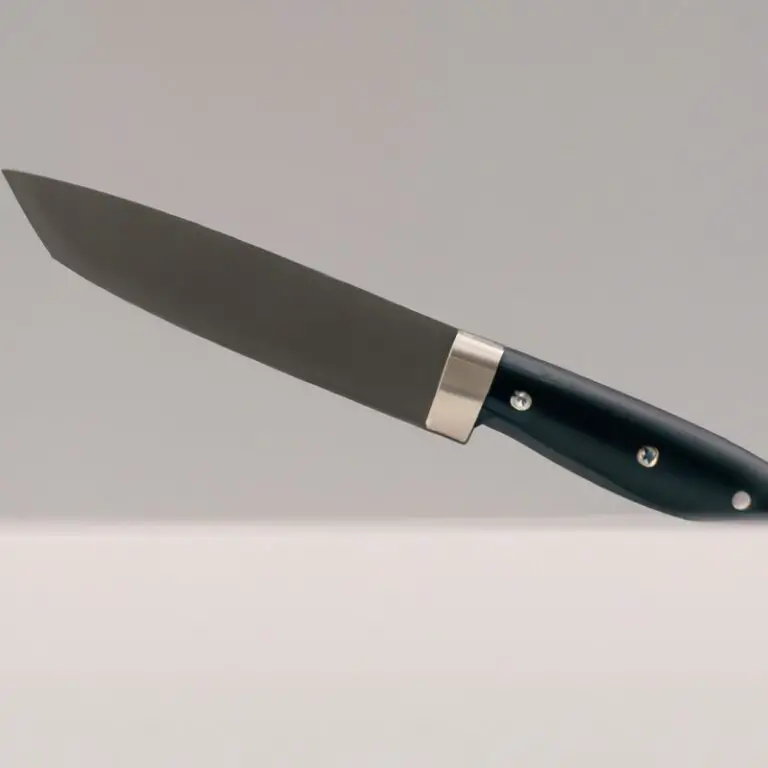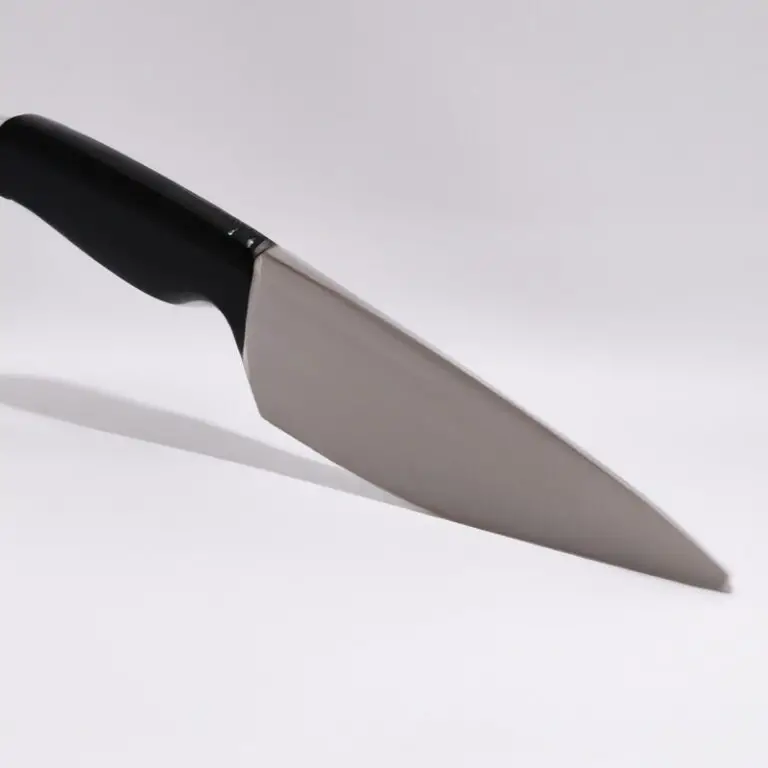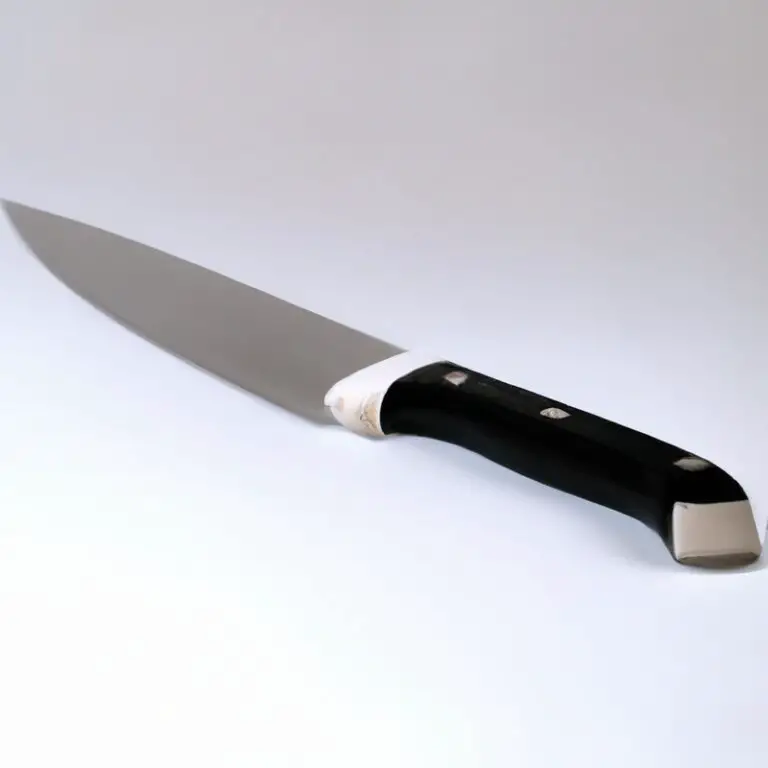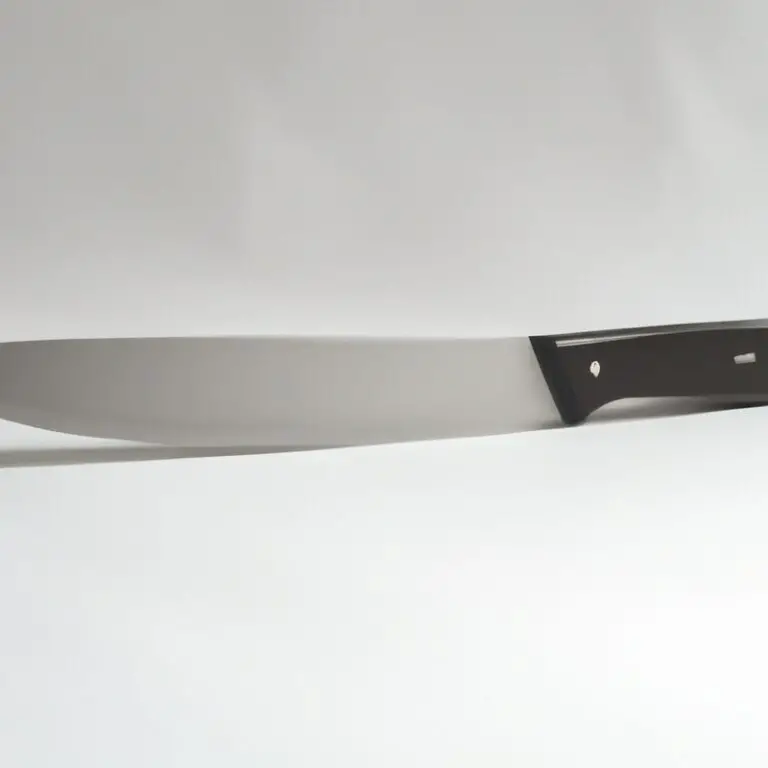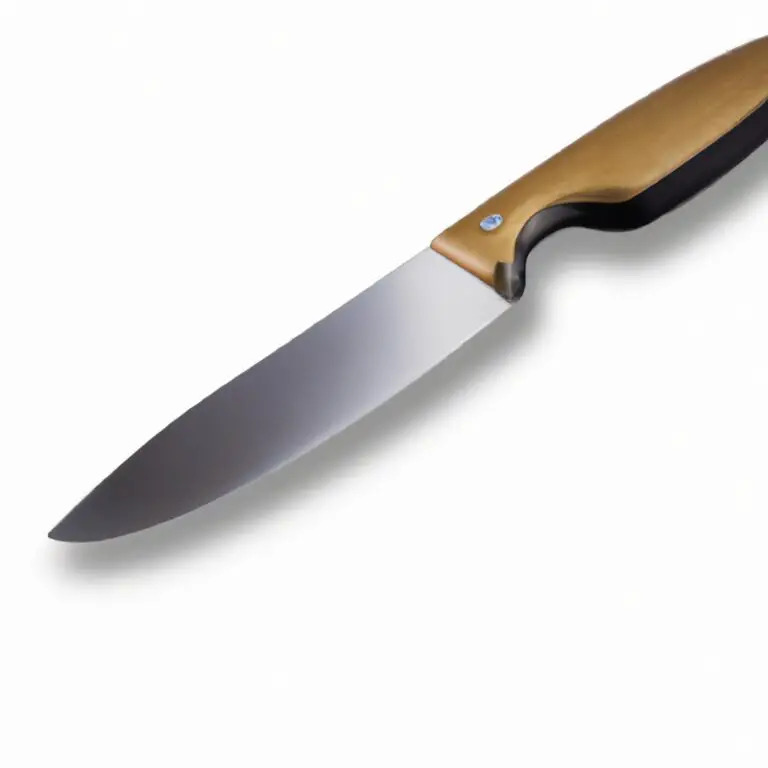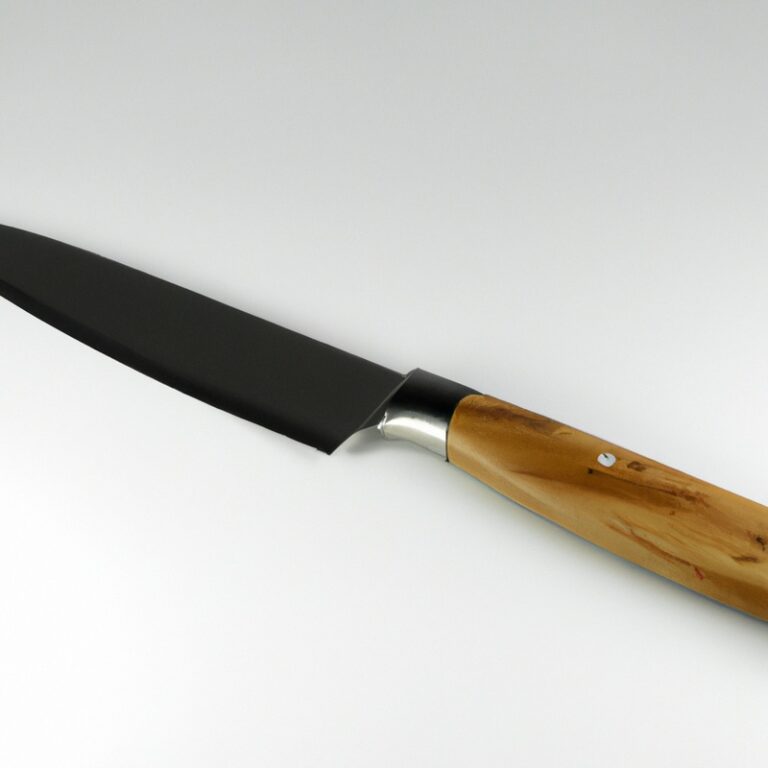How To Store Chef Knives Safely?
Key Takeaways:
- Proper knife storage is essential for safety in the kitchen, especially for chef knives with sharp blades.
- Magnetic knife strips and knife blocks are popular and effective storage options for chef knives.
- Avoid storing knives loosely in a drawer or leaving them in a sink or dish rack, as this can lead to accidents and dull blades.
- Cleaning and drying knives before storage, using blade guards, and handling them with care can help ensure they remain in good condition for longer.
Are you tired of accidentally nicking your fingers while rummaging through a disorganized knife drawer? Proper storage of chef knives not only ensures your safety but also extends the longevity of your blades.
With the right storage system and habits, you can eliminate the risk of damage and maintain the sharpness of your knives for years to come.
In this article, we will discuss the importance of storing your chef knives securely and provide you with practical tips to do it right.
| Method | Pros | Cons |
|---|---|---|
| Magnetic Knife Strip | No countertop space needed Knives are easily accessible | Not suitable for all knives (e.g. ceramic knives) May scratch or chip knives if not careful May not be visually appealing |
| Knife Block | Can store a variety of knives Provides countertop storage Protects knives from damage | May be bulky and take up space May collect dust and debris Not suitable for large knives |
| Drawer Insert | Makes use of unused drawer space Can store a variety of knives | May require emptying and cleaning of drawer often Not suitable for large knives |
Importance of Proper Chef Knife Storage: Why It Matters
Proper chef knife storage is crucial to maintain the sharpness and longevity of these expensive tools. Storing them improperly can cause scratches, dullness, and even rust, which can hamper their performance during cooking.
Additionally, improper storage can increase the risk of injury as sharp blades can accidentally cut hands or fingers.
Therefore, it is essential to invest in a good quality knife storage system and practice safe knife habits to ensure optimal performance and safety in the kitchen.
Understanding Different Types of Chef Knives
There are various types of chef knives available in the market, and each has its unique features and benefits. Here are some common types of chef knives and their applications:
- Chef’s knife: It is the most common type of knife, ideal for chopping, slicing, and dicing. The blade size ranges from 6 to 12 inches.
- Santoku Knife: Originated in Japan, this knife is good for cutting vegetables, fruits, and meat. The blade size ranges from 5 to 7 inches.
- Utility Knife: It is smaller than a chef’s knife, ideal for cutting small fruits and vegetables, trimming meat, and doing intricate work. The blade size ranges from 4 to 7 inches.
- Bread Knife: An essential tool for cutting bread, its serrated blade can easily cut through the crust without crushing the loaf.
- Boning Knife: Ideal for cutting meat, poultry, and fish, the knife’s pointed blade can easily remove bones and skin.
It is crucial to understand the features and applications of each knife to choose a suitable knife set for your kitchen.
Factors to Consider When Choosing a Storage System for Chef Knives
When choosing a storage system for chef knives, there are several factors to consider. These include:
- Material: Look for storage options made of materials that won’t damage or dull the blade. Wooden blocks and magnetic strips are popular options.
- Size: Choose a storage system that can accommodate all of your knives comfortably.
- Accessibility: Consider how easy it is to access your knives when you need them. Some storage options prioritize accessibility over protection, so choose one that strikes the right balance for your needs.
- Safety: Safety should always be a top priority when it comes to knife storage. Choose a system that keeps your knives secure and out of reach of children.
- Budget: There’s a wide range of storage options available, from budget-friendly to high-end. Consider your budget when making a choice.
Overall, the best storage system for chef knives is one that provides protection, accessibility, and safety. Consider your personal needs and preferences when making a choice, and don’t be afraid to invest in a high-quality storage option that will protect your knives for years to come.
Top Knife Storage Options: Pros and Cons of Each
There are various storage options available to store chef knives safely. Each option has its own pros and cons, so it’s important to choose one that best suits your needs.
Here are some top knife storage options:
- Magnetic Strips: Magnetic strips are a popular choice for many chefs as they are easy to install and don’t take up too much space. They also keep knives easily accessible. However, the knives can be exposed to dust, and if not mounted properly, they can fall off and cause injury.
- Knife Blocks: Knife blocks provide a compact and secure storage option. They come in different sizes and styles and can hold multiple knives. However, they take up counter space and can breed bacteria if not cleaned regularly.
- In-Drawer Knife Blocks: These blocks help save counter space and keep knives out of reach of children. They also protect the blades from dust and scratches. However, they may require some modification to the drawer and can damage the knives if not inserted properly.
- Knife Bags: Knife bags are ideal for those who travel with their knives or have limited counter space. They come with individual slots for each knife, keeping them in place and protected. However, they can be expensive, and knives may need to be disassembled before storage.
- Knife Rolls: Knife rolls provide similar benefits to knife bags but with the added convenience of being able to lay them flat or hang them up. They are also easy to carry around. However, they can be bulky and not suitable for larger knife collections.
It’s essential to choose a storage option that is safe, convenient, and suits your needs, while also keeping your knives in good condition.
Essential Tips for Storing Chef Knives Properly
Essential Tips for Storing Chef Knives Properly:
- Store knives in a knife block, drawer, or magnetic strip to protect the blade’s edge.
- Don’t store knives loose in a drawer, as they can dull each other or cause injury when reaching in.
- Keep knives away from moisture and humidity to prevent rust and corrosion.
- Avoid storing knives in direct sunlight, as this can damage the handle’s material.
- Clean and dry knives before storing them to prevent bacterial growth.
- Consider using blade guards to protect the knife’s edge from scratches and damage.
- Follow the manufacturer’s instructions for storing specific types of knives, such as serrated or ceramic knives.
- Keep your knife storage area clean and organized to prevent any accidents or damage to the knives.
- Always handle knives with care and respect to avoid injury.
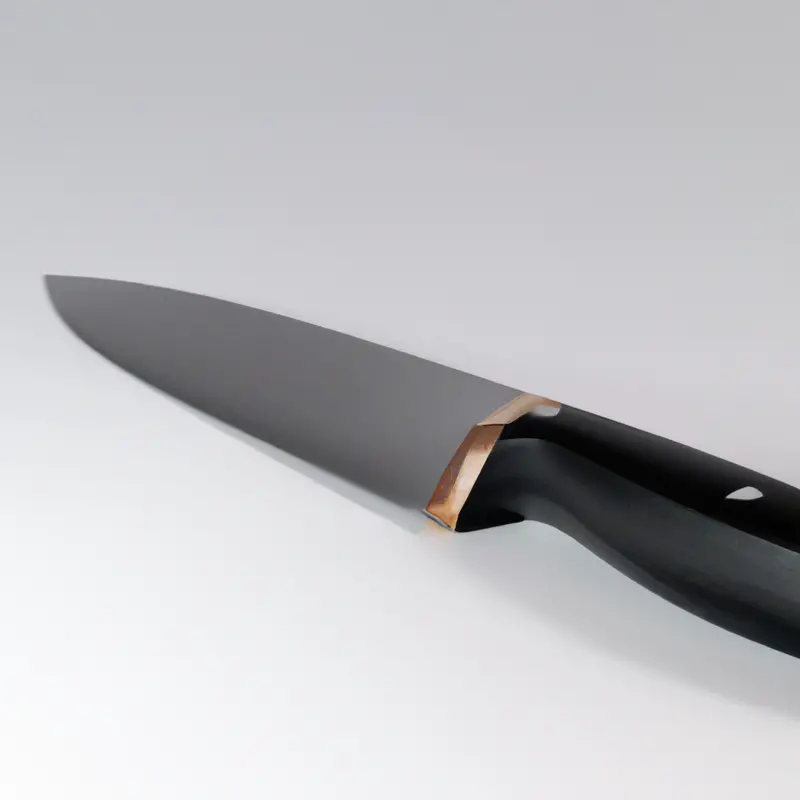
How to Clean and Maintain Chef Knives Before Storage
To clean and maintain chef knives before storage, it is crucial to follow these simple steps:
- Rinse the knife with warm water and mild dish soap. Use a sponge to remove any visible stains or grease.
- Dry the knife with a clean and dry towel. Ensure that the blade is completely dry before storing.
- Apply a few drops of food-grade mineral oil on the blade to prevent rust and corrosion.
- Store the knife in a designated spot, such as a knife block, magnetic strip, or sheath.
- Avoid storing knives in a drawer or throwing them in a sink with other utensils, as it can damage the blade and cause injury.
By regularly cleaning and maintaining your chef knives, you can ensure their longevity and optimal performance. Remember to handle them with care and store them safely to avoid accidents and damage.
Safety Measures to Keep in Mind When Storing Chef Knives
When storing chef knives, it is important to keep safety in mind to avoid accidents and injuries. Here are some safety measures to consider:
- Use a knife block or magnetic strip to keep the sharp blades covered and out of reach of children.
- Store knives in a designated area to avoid accidental contact with other kitchen tools or utensils.
- Always handle knives with care, using a gripped handle and keeping fingers away from the sharp edges.
- Sharpen and maintain knives regularly to ensure their sharpness and reduce the risk of slippage.
- When transporting knives, use a protective sheath or blade guard to prevent damage and accidents.
By following these safety measures, you can store your chef knives safely and avoid any unnecessary injuries or damage.
Common Mistakes to Avoid When Storing Chef Knives
Avoid These Common Mistakes When Storing Chef Knives:
- Storing knives in a drawer: Keeping knives in a drawer can cause them to collide with each other, damaging the blades, and making them lose their sharpness.
- Storing knives loose in a knife block: Although knife blocks are a convenient option, storing knives loosely in them can cause the blades to rub against each other, potentially resulting in nicks and scratches.
- Soaking knives in water: Avoid soaking your knives in water as it can lead to corrosion, rust, and damage to the handles.
- Storing knives with other utensils: Avoid storing knives with other utensils or tools, as they can cause damage to the blades or handles.
- Not cleaning knives before storage: Failing to clean knives before storage can cause food residue to accumulate, leading to rust and other potential damage.
By avoiding these common mistakes, you can ensure that your chef knives remain sharp, safe, and in good condition for long-term use.
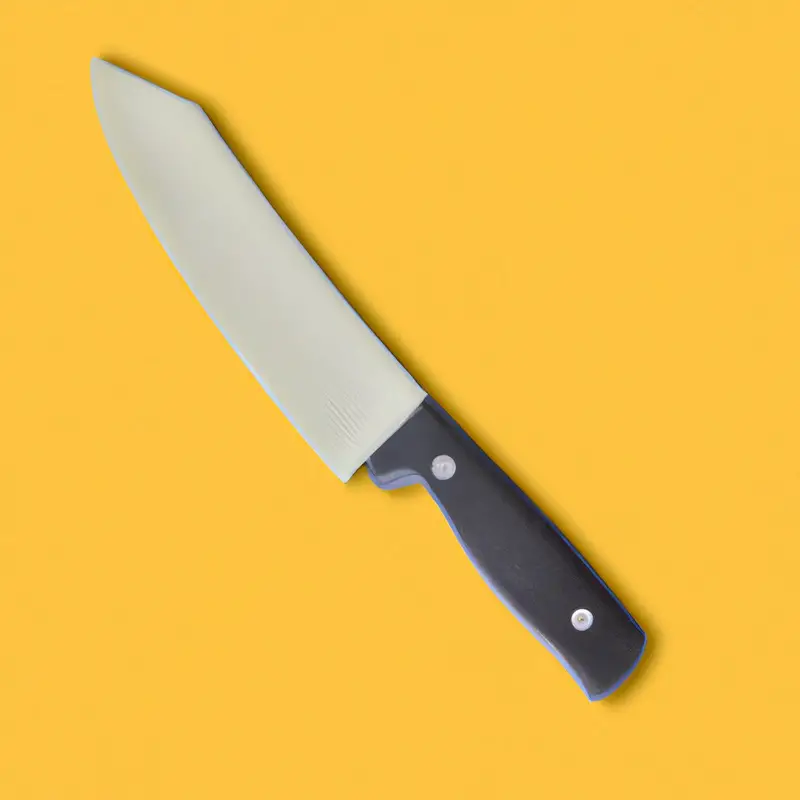
How to Organize Your Knife Set for Easy Access and Minimal Damage
To organize your knife set for easy access and minimal damage, consider using a knife block or magnetic strip. Both storage options keep your knives readily accessible and protected, preventing blade dulling or nicks that can occur when knives rub against each other in a drawer.
Knife blocks typically feature horizontal slots to accommodate various knife sizes, while magnetic strips allow for vertical storage and easy access.
Before inserting your knives into their designated spots, make sure to clean and dry them to prevent moisture build-up. When choosing a storage system, opt for one with slots or compartments that fit your specific set of knives.
It’s also important to keep the knives in the same order to develop muscle memory and habitually locate them with ease.
To avoid reaching for the wrong knife or accidentally nicking the blades together, store the knives with the blade facing downward and cover or sheath them when not in use. Additionally, regularly sharpen and hone your knives to keep them in top condition.
Ensuring Longevity of Chef Knives: Best Storage Practices and Habits
Proper storage practices and habits are crucial to ensure the longevity of chef knives. One of the most important practices is to store knives in a way that keeps the blade protected and secure.
This can be achieved by using a knife block, magnetic strip, knife roll, or sheath.
It’s also important to avoid storing knives in a cluttered drawer where the blades can rub against other objects and become dull or damaged. Another important habit is to clean and dry the knife thoroughly before storing it.
This prevents rust from forming and helps to prolong the life of the blade.
It’s also important to use a soft cloth to wipe the blade down after each use, especially if the knife has been used to cut acidic foods. To further ensure the longevity of chef knives, it’s recommended to sharpen them regularly.
A dull knife can actually be more dangerous than a sharp one, as it can slip and cause injury.
Using a honing rod or sharpening stone can help keep the blade sharp and in good condition. Finally, it’s important to handle knives with care and respect.
Avoid using them on hard surfaces, such as glass or stone, as this can damage the blade.
Also, never attempt to catch a falling knife, as this can result in serious injury. By following these storage practices and habits, you can help ensure the longevity of your chef knives and maintain their sharpness and quality for years to come.
Final Verdict
Properly storing your chef knives is vital to ensure their longevity and safety. From understanding the different types of knives to considering the best storage systems, we have examined the critical components of a safe storage system and practical tips for maintaining your knives.
By following these suggestions, you can organize your knives for easy access while avoiding mistakes that may damage the blades.
Remember, cleaning and maintaining your knives is equally essential for their longevity. Implement these best practices to ensure that your chef knives remain in excellent condition, sharp and ready for use at any time.
With these tips, you can store your chef knives safely and with confidence, allowing you to focus on honing your culinary skills and creating delicious meals.

